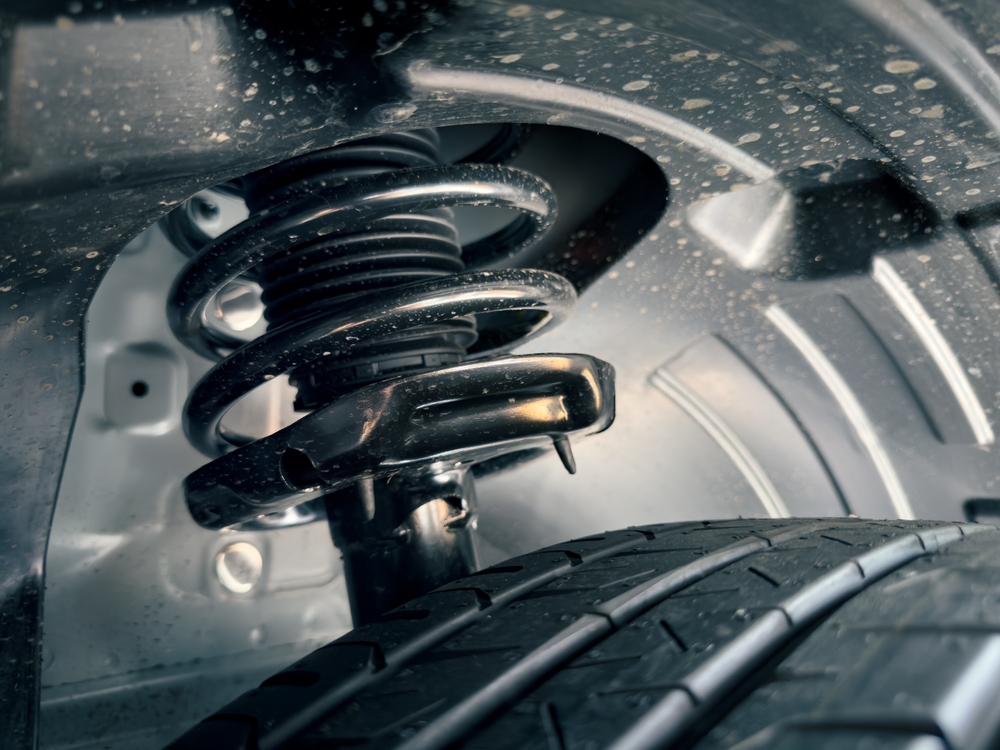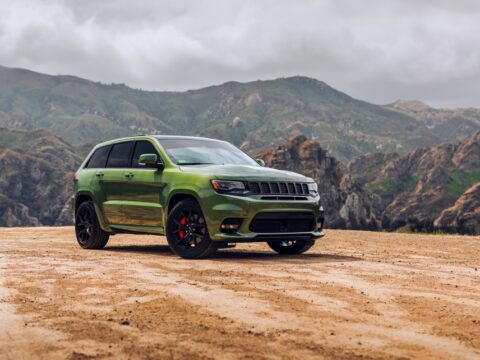Hybrid cars have brought many exciting innovations to the automotive world, offering better fuel efficiency and lower emissions. However, not every hybrid idea has been a hit. Some innovations, while promising on paper, didn’t catch on due to high costs, complexity, or minimal benefits. Here are 12 hybrid car innovations that never made it to the mainstream.
Contents
Solar-Powered Roof Panels

The idea of solar-powered roof panels seemed revolutionary, but their actual utility was quite limited. In most cases, the energy generated could only power small systems like the air conditioning or radio. They were never able to significantly charge the car’s main battery, which disappointed early adopters. Additionally, the high cost of these panels made them impractical for widespread use, leaving this innovation behind.
Hydraulic Hybrid Powertrains

Hydraulic hybrid powertrains were tested mainly in larger vehicles, like buses, to reduce fuel consumption. While they worked well for these heavy-duty applications, their weight and complexity made them less suited for passenger cars. They added more weight than benefits in terms of fuel efficiency. This led to their abandonment in favor of lighter, more efficient systems like electric batteries.
Plug-In Biodiesel Hybrids

The combination of biodiesel and plug-in hybrid technology seemed promising for environmentalists. However, the limited availability of biodiesel fuel stations and the high cost of producing biodiesel made this concept impractical. Performance also suffered due to biodiesel’s lower energy density compared to conventional fuels. As a result, these hybrids never caught on with mainstream consumers.
Hydrogen Fuel Cell Hybrids

Hydrogen fuel cell hybrids appeared to be the future of zero-emission driving. Unfortunately, the cost of fuel cells remained prohibitively high, and refueling infrastructure for hydrogen was almost nonexistent. Hydrogen production also consumed significant energy, which negated some of the environmental benefits. With the rise of battery-electric vehicles, hydrogen hybrids were pushed aside.
Hybrid Manual Transmissions

Hybrid vehicles equipped with manual transmissions aimed to combine driving engagement with fuel efficiency. However, most hybrid drivers prioritized ease of use and fuel savings over manual control. The added complexity of incorporating regenerative braking into manual transmissions also limited the system’s efficiency. As demand for manual hybrids dwindled, this innovation faded from the market.
Range-Extended Electric Hybrids

Range extenders, small gasoline engines that generated electricity for the battery, aimed to alleviate range anxiety in hybrid cars. Although the idea was sound, it added significant weight and complexity to vehicles, reducing overall fuel efficiency. Consumers found traditional hybrids or fully electric vehicles simpler and more appealing. This led to the decline of range-extended hybrids in favor of more straightforward designs.
Electric Rear-Axle Assist

Some hybrid systems experimented with adding electric motors to the rear axle to enhance all-wheel-drive capability. While useful in theory, this added complexity and cost to the vehicle’s drivetrain. The gains in traction and performance were minimal, especially for everyday driving. As simpler and less expensive options became available, manufacturers phased out electric rear-axle assist technology.
Air-Hybrid Engines

Air-hybrid engines were designed to use compressed air to assist in powering the vehicle. Although the idea was inventive, the technology was complicated and added significant weight to the vehicle. The energy savings from the air-hybrid system were minimal, and the additional complexity made it unattractive to both manufacturers and consumers. Consequently, this innovation never took off.
Regenerative Suspension Systems

Regenerative suspension systems were designed to capture energy from road bumps and vibrations, turning it into electricity. Although creative, the amount of energy captured was too small to make a real difference in fuel efficiency. The systems also added unnecessary cost and complexity to the vehicle. With more effective energy-capturing systems available, regenerative suspension was largely abandoned.
Advanced Thermoelectric Generators

Thermoelectric generators aimed to convert waste heat from the engine or exhaust into usable electricity. While theoretically beneficial, the amount of electricity generated was too small to have a significant impact on the vehicle’s efficiency. The high production costs further hindered their adoption. Ultimately, thermoelectric generators were set aside in favor of more efficient battery technology.
Micro-Hybrids

Micro-hybrids featured minimal energy recovery systems, offering slight fuel savings through start-stop technology. However, the fuel efficiency gains were so minor that consumers saw little reason to choose them over traditional hybrids. The cost of the technology also outweighed the benefits, leading manufacturers to focus on more advanced hybrid systems. Micro-hybrids quickly faded into obscurity.
Water Injection Systems

Water injection systems, intended to cool combustion chambers and improve fuel efficiency, seemed like a promising addition to hybrid engines. However, the complexity and cost of these systems, combined with their minimal fuel savings, limited their appeal. Consumers were put off by the added maintenance requirements. As a result, water injection systems never saw widespread use in hybrids.
This article originally appeared in MyCarMakesNoise.
More from MyCarMakesNoise
15 Revolutionary Space Stations That Could Redefine Life in Orbit

Space stations are evolving beyond the traditional designs we’ve seen over the years. New advancements are paving the way for stations that could transform how humans live and work in orbit. Read More.
20 Classic Pickup Trucks with Unstoppable Inline-Six Engines

Classic pickup trucks equipped with inline-six engines are renowned for their durability, simplicity, and power. These engines, known for their smooth operation and impressive torque, made these trucks ideal for heavy-duty tasks while maintaining reliability on the road. Read More.
15 Least Fuel-Efficient Cars Ever Produced

Certain automobiles are renowned for prioritizing raw power and luxury over fuel efficiency. Equipped with massive engines and designed for high performance or ultimate comfort, these vehicles exemplify significantly higher fuel consumption. Read More.














